We can go outside again! We can go outside again! Halleluiah! It’s a miracle! And, just in time for National Environmental Education Week (April 13-19), Earth Day (April 22), and Arbor Day (April 25). But, are you ready to throw your hands up in the air at the annual celebration to take care of the planet since you know “Earth Day is Every Day”? More than likely you’re already signed up to participate in a beach or stream clean-up, you have your favorite John Muir lesson plans ready for your students, and you constantly read or watch the Lorax to your own children, right? Well, if you’re looking for hilarious, fun, awe-inspiring ways to get yourself and those around you reinvigorated about Earth Day here are five ways to kick start the granola in you again.
1) Forage: While on maternity leave this past winter I became obsessed with a show on TLC called “Extreme Cheapskates“. Some things I can totally get behind, others made me a little squeamish. I loved the couple on one episode that implemented a “no spending month”. They refused to buy anything during this month and would focus on using every little last bit of scrap that was in the freezer and wouldn’t spend unless it was after finding pennies that were hiding under the sofa or returning recycled containers. Also, an overwhelming amount of those featured on the show would go other to forage their own salad fixings. Apparently, dandelions have some great health benefits and are a welcome addition to salads!
2) Challenge yourself: If you’re anything like me, you try your darnedest to live like “Earth Day is Every Day“, but sometime you fall short. And, honestly … don’t feel bad. We all try and we all fall short … even the best of them use plastic from time to time. It’s inevitable. I find the changes where I really succeed are the consequence of a challenge to myself. After some pondering and evaluation I might decide, “I really don’t need this” or “I’ll just make my own from now on” and I commit. I try to make it something that will work in my current life (i.e., there is no way I’d ever be one to make my own clothes, but I can make clothes detergent). I pick one new idea every six months and experiment. It’s fun and I never feel bad if it doesn’t work out – I tried and I can try again!
3) Start a movement: Do you have that one irritating issue that no one in your community seems to be doing anything about? Well, why not capitalize on this time of year and mobilize your friends and family to focus them on a solution? You can be like Dave Rauschkolb who started the “Hands Across the Sand” movement to bring attention to clean energy, Danielle Richardet who started a movement to outlaw cigarettes on the beaches of Wilmington, NC, or Tim Silverwood who started the Take 3 Initiative. They had a small measurable objective and encouraged those around them to participate! What’s bothering you!? Are you ready to take it on?
4) Earth Day dance: What’s not to love with this music from Michal Franti? Get your body moving and heart rate running so much so that you’ll be volunteering for every clean-up from sea to shining sea. Or, make a playlist of your own and keep it on your device for when you’re in the not-so-inspired slump. Some songs that I might choose would be Redemption Song (Bob Marley), Forever Young (Bob Dylan), The 3 R’s (Jack Johnson), How Come (Ray LaMontagne), What’s Goin’ On? (Marvin Gaye), Waiting On The World To Change (John Mayer), and Man In The Mirror (Michael Jackson). Anyone have other suggestions? I’d love to hear them!
5) Have a party: Celebrate your love of the Earth with a party and inspire others with your use of local ingredients and reusable materials. To take it up a notch you can serve fun cocktails with only terrestrial or aquatic names, like the mudslide or the blue sea martini! Or you could just bring in a special sweet treat to the office, like these Earth Day chocolate peanut butter cups!?!?
Bonus three for teachers:
1) Sing a little Earth Day diddy: You can get 11 songs adapted from familiar tunes from this open marketplace for educators. For instance, check out this “Recycling Song” (to the tune of Row, Row, Row Your Boat):
Save, save, save the cans*, throw them in the bin. We can help save the Earth, if we all pitch in. (*Repeat with plastics, paper, bottles)
2) Make your own dye: This fun, interdisciplinary lesson “Using Spatial Intelligence to Make Earth-Friendly Art” for middle schoolers is from Earth Day Network and strengthens students’ artistic skills and their knowledge about history and the environment. It also throws in a little bit of every other intelligence just for a most well rounded approach … a must-must if you ask me!
3) Watch a webinar: National Environmental Education Week’s online webinar archive offers talks and presentations with some of the leading minds in environmental education. My favorites are the “Teaching Ocean Connections: Watersheds to Reefs”, “Biomimicry: Designing by Nature” and all of the ones related to how to use technology to investigate the outdoors.
Confession: I may or may not have written this entire post just so I could share the preschool song!
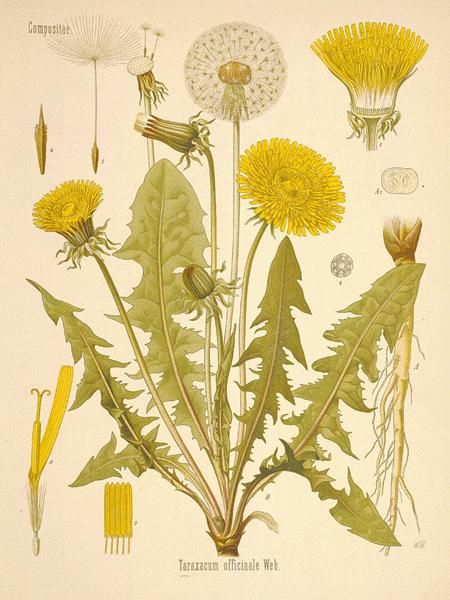


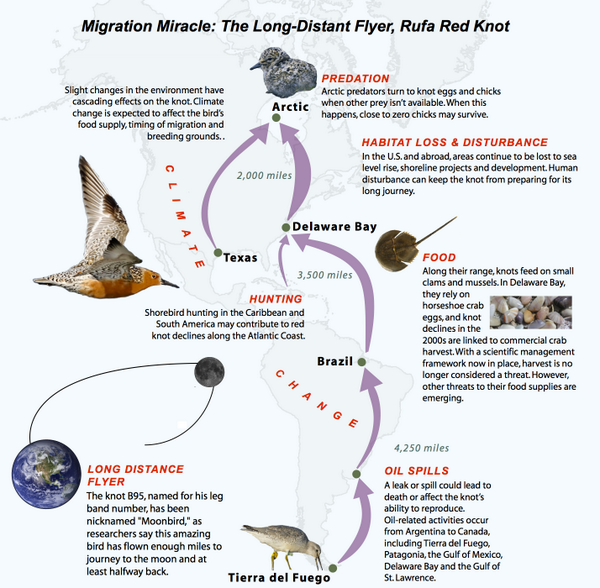


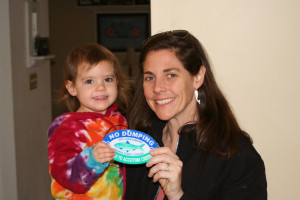

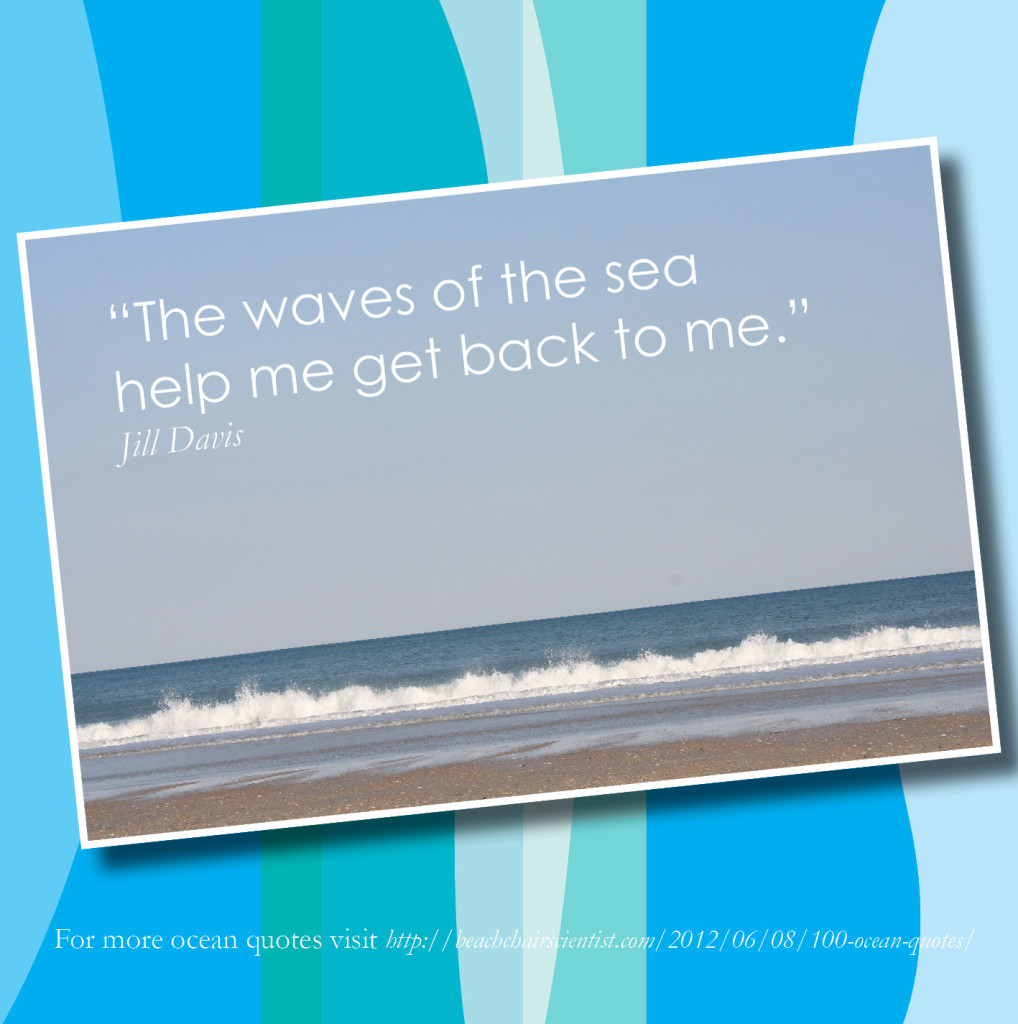


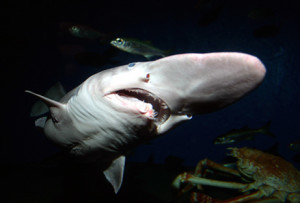


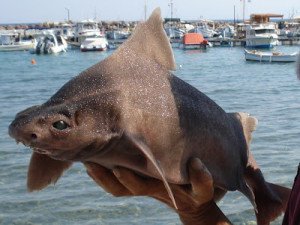
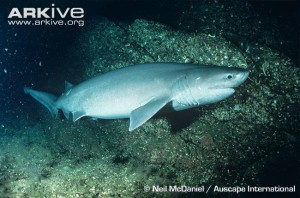








What people are saying …